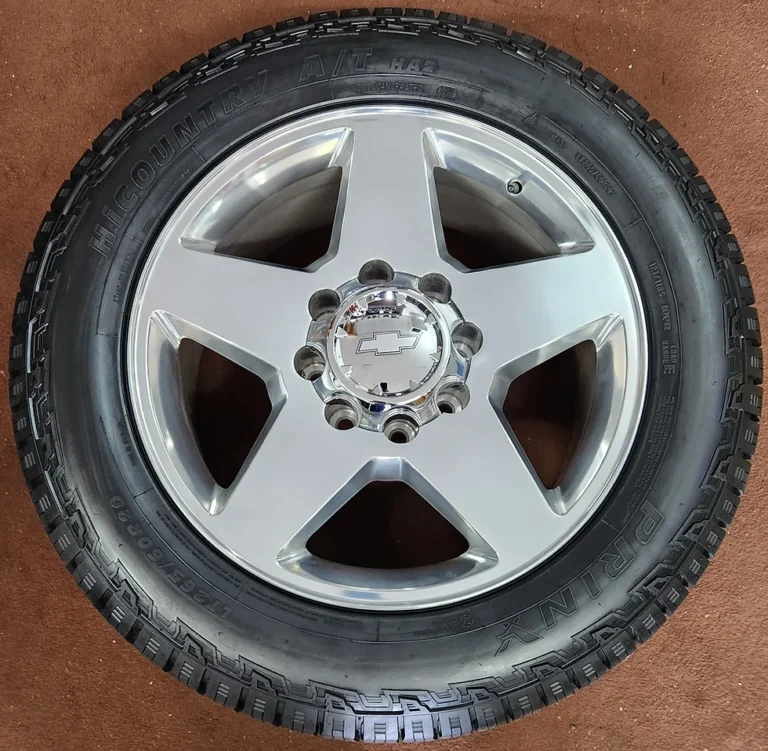Fuel injection programming
Last Updated on July 22, 2024 by Mutiara
Before you can start planning a fuel injection system you need to know your engines needs, and what kind of driving you’ll be doing. The big engine notes to be made are displacement and cam profile. You should always match displacement in the program, and cam profile always effects inlet airflow properties.
Load is the a measurement of how hard an engine is working which is measured in percent. Coasting down hill is considered very low engine load. Pulling a weighted trailer uphill is considered high engine load. Engine load is usually measured by taking a reading off the inlet air flow The main factor that chooses which EFI system to use is air flow. Air flow is the biggest unknown factor when calculating fuel ratios and timing curves.
As you read over the table below you’ll notice that Speed Density is not an underachiever and Mass Air is not the superhero most people want. It’s all in the programming. You can not take a stock automobile computer, build a super engine for it, and expect it to be a drag strip killer. Programming rules the land of fuel injection. Speed Density can be programmed to handle more power than Mass Air. Mass Air can be programmed to be more exact that Speed Density. This exactness is what makes Mass Air more desirable.
There are four styles of fuel injection programming, following is a side by side comparison:
| Mass-Air-Flow | Speed-Density | Vain-Air-Flow | Alpha-N | |
|---|---|---|---|---|
| Dominant Sensor |
|
|
|
|
| Reference Sensors |
|
|
|
|
| Primary Uses |
|
|
|
|
| How it works |
|
|
|
|
| Highlights |
|
|
|
|
| Down Faults |
|
|
|
|
There are 2 different modes fuel management systems can operation in:
Open-Loop
- Open loop defines the engine operation when the fuel ratio is calculated with consideration to only input signals from the main sensors in the program style (MAF / SD / VAF / AN)
- Programmable fuel management systems can be operated in 100% open loop very effectively.
Closed-Loop
- Closed loop defines the engine operation when the fuel ratio is calculated with consideration taken from the main sensors and feed back sensors like the exhaust oxygen sensor (HEGO). Closed loop operation is devoted to emissions, economy, and a Stoichmetric fuel ratio of 14.7:1
- Programmable fuel management systems can not dominantly rely upon closed loop operation without severe engine damage, performance loss, or other problems
There are 2 different modes of opening fuel injectors that are used by fuel injection computer programs:
Bank Firing Injectors
- Bank fire means that the injectors are divided into 2 groups. On V8 engines cylinders 1 4 5 and 8 open together and cylinders 2 3 6 and 7 open together. This creates an equal distribution of fuel atomization inside the intake manifold.
- This usually works just fine on engines, in fact you can buy an after market programmable fuel injection management systems that is bank fire and can support 1000+ horsepower engines.
- Bank Fire program is not dependant to the firing order of the engine. The injectors do not match the spark order of an the engine equal distribution of fuel atomization inside the intake manifold still exists Idle quality and fuel economy can not be as greatly tuned as Sequential can.
Sequential Firing Injectors
- Sequential fire means one injector is fire a while the intake valve is open. This creates an equal distribution of fuel atomization inside the one intake manifold runner during the intake stroke of that cylinder..
- The programmed time of when to open a injector is matched to the camshaft grind profile. People get into trouble here because camshaft swaps that do not match the program can affect low RPM stability of the engine.
- Sequential Fire program is also matched to the firing order of the engine. If the injector order does not match the spark order of an engine low RPM stability of the engine will be lost. High RPM will still create an equal distribution of fuel atomization inside the intake manifold. But idle will suffer poorly.
- Sequential Fire program gives greater ability to program better idle quality and fuel economy, but it must be all matched in the program for these gains. There is NO performance gains to be had from sequential firing injectors.
Article courtesy of fordfuelinjection.com.
